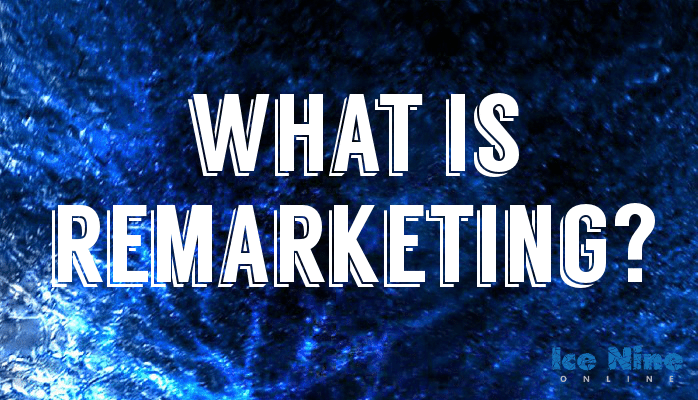This post explains Remarketing, the controversy surrounding it, and then I’ll show you a great way to use Remarketing to your advantage as a consumer.
Remarketing explained
Simply put, Remarketing is a form of digital advertising that allows advertisers to show targeted ads to people who have visited their website or used their mobile app before. You’ve very likely seen Remarketing advertising, though you may not have realized it.
Example: You visit a website to buy a shirt, but for whatever reason you decide not to buy the shirt right then. You then visit the Wall Street Journal website, BuzzFeed, Forbes.com, or another website you frequently visit. You see an advertisement there for the exact shirt you were looking for!
Coincidence? Not at all – you’re being tracked and shown targeted ads to get you to buy that shirt.
For advertisers, Remarketing is a technology that can be utilized through multiple advertising platforms, including Google Ads, AdRoll, and Facebook Advertising.
Through Remarketing, advertisers are gaining the ability to reach the Holy Grail of Digital Marketing: the ability to show low-cost, non-intrusive, highly-personalized advertisements to specific people that are already interested in buying their product.
Remarketing controversy
Internet privacy is starting to gain headlines i.e. Google’s “Right to be Forgotten” legislation in Europe, Mozilla spearheading privacy education initiatives, and the popularity of DuckDuckGo (a privacy-focused search engine). People are starting to realize that advertisers and your favorite websites are collecting information about you in order to more effectively advertise to you.
Early Remarketing was based on IP address; advertisers store your computer’s address and then show you ads based on your IP. With the emergence of Behavioral Remarketing and Dynamic Remarketing, tracking has become much more personalized. Advertisers can show you targeted ads based on your web behaviors – for instance things you “like” on social media or your typical buying habits. Let’s go back to our shirt example – let’s say you tend to buy a new shirt in a certain style every six months. Advertisers are able to show you targeted ads, or even a coupon for that shirt six months after you buy the first one, when they know you’re likely to buy again. Remarketing based on user behavior is at its core a form of digital stalking…though it can have advantages to the consumer.
How to use Remarketing to your advantage as a consumer
There are ways for the consumer to use Remarketing to your advantage. Here’s a little known trick used by digital marketers and people in the know about Remarketing: next time you’re planning ahead to buy a high-price item, let’s say a new refrigerator, add the model you’re interested in into your shopping cart from the e-retailer of your choice, but don’t buy. Don’t be surprised when after a few days or a few weeks you receive an email for a discount on that fridge, or start seeing display ads for a coupon for that item. Voila! Now you’re using Remarketing to score a deal!
Share this Post

